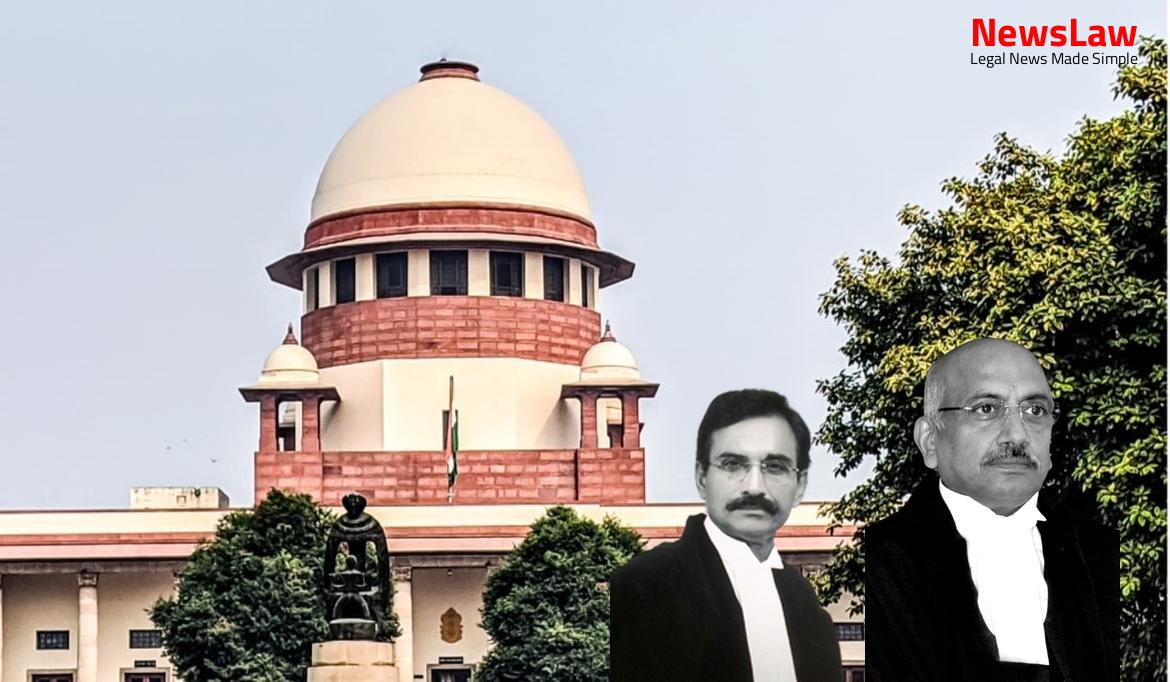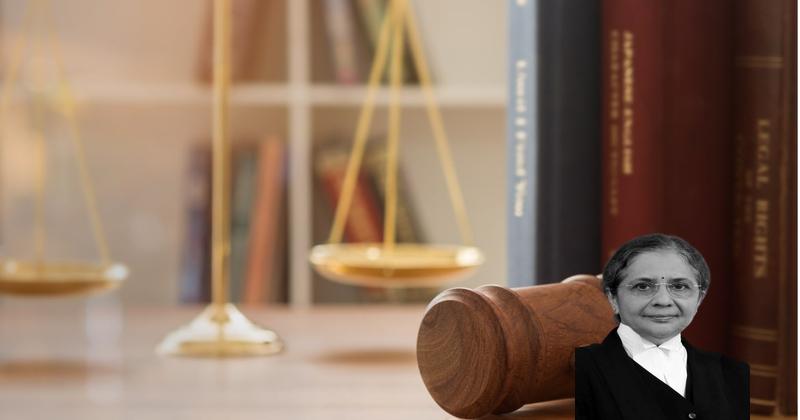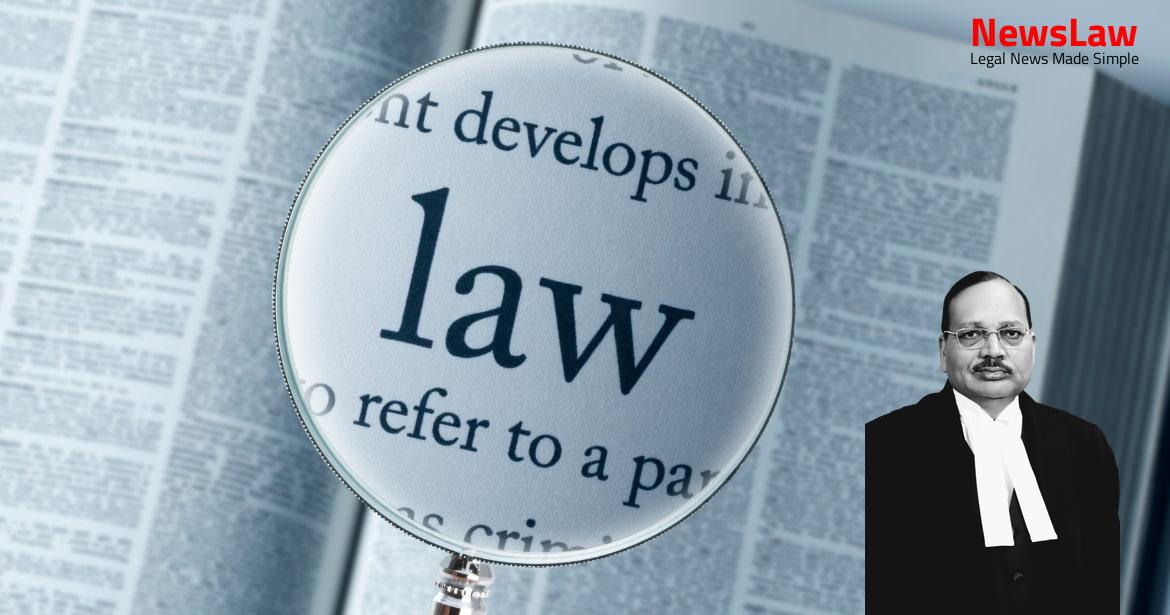In a significant legal battle between CL Rajasekaran and the defendants, the Supreme Court of India has delivered a crucial judgement regarding the exclusive right dispute over a passage. The case delves into the intricacies of property rights and easement issues, shedding light on the complexities of land ownership and access rights. Discover the key insights from this landmark decision by the Supreme Court.
Facts
- In the case at hand, Mr. C.L. Rajasekaran executed three separate sale deeds on different dates, one of which was in favor of the plaintiff.
- Defendant No 1 purchased land abutting Mowbrays Road, while Defendant No 2 purchased land touching the back of Defendant No 1’s land.
- The plaintiff claimed exclusive right over a 16 feet passage as per the sale deed, which was confirmed by the copy of the sale deed produced.
- The layout plan attached to the sale deed shows the area of the land and the passage clearly marked.
- The High Court upheld the judgement and decree of the First Appellate Court in the case.
- Two separate suits were filed by the plaintiff, one seeking injunction against using a pathway and claiming exclusive right, and the other restraining the defendants from preventing the plaintiff’s access to another pathway.
- First Appellate Court allowed the appeal on September 16, 1993
- Granted injunction as prayed
- Determined that there is no necessity of easement
- Access to the property from the husband’s property on Mowbrays Road was considered sufficient
Also Read: Property Inheritance Dispute: The Legacy of Chhotabhai Ashabhai Patel
Arguments
- Defendant No 1 initially agreed to purchase 1½ ground, while Defendant No 2 agreed to purchase the remaining 2½ ground.
- Defendant No 1 purchased 1½ ground on December 5, 1973.
- Due to ceiling problems, Defendant No 2 only purchased 1½ ground out of the 2½ ground agreed upon.
- The land purchased by Defendant No 2 had dimensions of 106 feet in length and 16 feet in width.
- Defendant No 2 admitted that since 1976, she had been using a portion of the land as her pathway.
- Defendant No 2 executed a gift deed on June 7, 1976, transferring the land she purchased (except 222 sq. feet) to her husband.
- Defendant No 1 purchased a plot in his wife’s name in 1976, with 840 sq. feet settled in his favor and the property intended for joint use.
- Defendant No 2 cannot claim easement of necessity as both defendants have access to their respective portions of the property.
- Defendant No 2’s right of way was reserved in the sale deed, but plaintiff’s counsel argues that easements can only be granted specifically or by necessity or prescription.
- Defendants did not claim easement by prescription, and the vendor couldn’t confer exclusive right of passage to the plaintiff as defendant No 2’s land is adjacent to Mowbrays Road.
- Exclusive right given to the plaintiff violates Section 48 of the Transfer of Property Act as it conflicts with defendant No 2’s rights specified in the sale deed.
Also Read: Lt. Col. Om Dutt Sharma vs. Ministry of Defence: OROP Entitlement for Army Postal Service Personnel
Analysis
- The argument that the easement of necessity stands extinguished once the necessity comes to an end is not applicable in this case.
- Defendant No 2 has an easement of necessity to approach her land and retain the right granted to her in the sale deed dated April 1, 1976.
- The subsequent inheritance events do not take away the defendants’ right to use the passage adjacent to their land, even after the merging of rights due to the death of both defendants.
- The subsequent transfer of part of the property by Defendant No 2 to her husband does not deprive her independent right of access to the property.
- The rights of the parties are to be adjudicated based on their existence at the time of filing the suit.
- The plaintiff must maintain the 16 feet wide passage as per the recital in their sale deed dated May 31, 1988.
- The relationship between Defendant No 1 and Defendant No 2 does not negate the easement right of passage granted to Defendant No 2 in the sale deed.
- The appellants are not claiming easement of necessity.
- The High Court’s judgment and decree are found to have manifest error and cannot be sustained.
- The appellants have been granted the right to use the passage in the sale deed.
- The right granted to defendant No 2 in the sale deed will not extinguish as per Section 41 of the Indian Easements Act, 1882.
Also Read: Financial Capacity and Specific Performance: A Landmark Judgment by the Supreme Court Of India
Decision
- The appeals have been allowed.
- A 16 feet x 103 feet passage adjacent to the defendant’s property, leading to the plaintiff’s property, is reserved for common use of the defendant and the plaintiff.
- No costs are to be incurred.
Case Title: DR. S.KUMAR AND ORS. Vs. S.RAMALINGAM
Case Number: C.A. No.-008628-008629 / 2009



